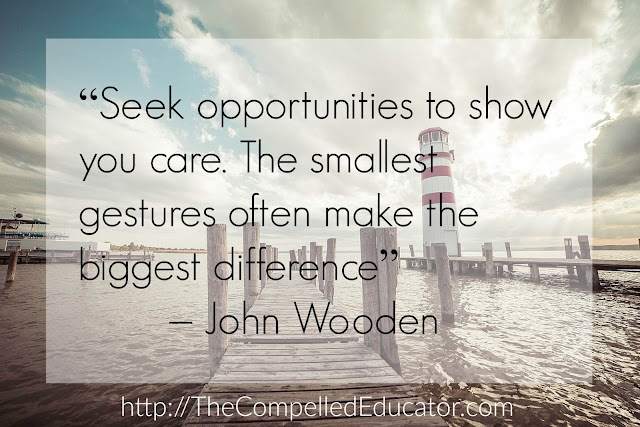Often in education, there is a discussion of the “digital
divide.” In 2001, Marc Prensky coined the phrases digital native and digital
immigrant. He posed that the arrival of new technologies had changed the way
that students process information. He also proposed that since students were
growing up in a media-rich and digital world, they needed their educational
experience to mirror that which they were a part of outside the traditional
classroom.
Since then, we have used the terms to describe those who are born into
a world of digital devices such as cellphones, computers, and tablets. On the
flip side, there are those who grew up without the digital devices who are
entering the world as adults. The technology skills of the “digital natives”
are assumed to be greater because of students’ exposure to digital devices.
Similarly, teachers are assumed to lag behind students in skill level and understanding.
Teachers and students are seen as being on opposite sides of the divide due to
age difference, while skill level may not be a great divisor.
For some, this divide has created fear among teachers and a loss of
confidence in teaching skills. Some teachers see a teacher’s role as being the
expert in the room, which includes the need to be the expert in technology before
it is incorporated into lessons. Some teachers see an opportunity to teach
content to the students and learn from them about technology, creating a
synergy around teaching and learning. Some teachers combat the fear by
continuing to do what they’ve always done and avoid technology in the
classroom.
As many are seeing in schools today, especially ones where
the schools are implementing a 1:1 program (1 device per student), the divide
may not be as wide in an educational setting as one may believe. Those who are “digital
natives” have a lot more practice with using devices for personal reasons such
as watching videos, texting, playing games, downloading apps, and other
personal and social reasons. Understanding how to use the device as an
educational or productivity tool is not as developed, and the gap may not be as
wide in the educational setting.
While students are using the devices for personal enjoyment
and entertainment, educators strive to find ways to incorporate technology into
their lessons and use it to enhance learning opportunities. They create online
quizzes, hold Mystery Skypes, participate in Google Hangouts with other classrooms,
hold online book chats, and more. For many students, these opportunities are “aha”
moments for them.
Until these experiences, students viewed the devices as their personal connection
to their friends, but teachers approach the devices in ways that allow students
to connect with their classmates and the world. Once exposed to these
opportunities, the students’ understanding of a global and collaborative
society is deepened. Also, these
opportunities plant seeds for new ideas to be generated from students. Teachers
and students can then learn together to use technology create transformational learning
opportunities together.
It is important for
educators to understand that a student’s limited viewpoint of his device is
part of the process. Students' viewpoint can be changed and widened with teachers’ help.
Educators must continue to close the digital divide for students’ sake.































